Abstract: This application note explains how to configure the bit-error-rate tester (BERT) in the DS2652x single-chip transceivers (STCs). It details all of the choices that the designer needs to make, and gives detailed information on the registers used for each operation.
The application note also explains how to configure the DS2652x BERT to perform a bit-error-rate test. It presents all the choices to be made and gives detailed information on the registers used for each operation. The following tables show the registers involved in the BERT's configuration, control, and status.
The configuration for the BERT in the DS2652x devices follows:
Overview
This application note describes how to use the per-channel programmable on-chip bit-error-rate tester (BERT) in the DS2652x series of T1/E1/J1 Single-Chip Transceivers (SCTs). The DS2652x devices have an internal BERT for each transceiver. This BERT can generate and detect a pseudorandom pattern, repetitive pattern, alternating (16-bit) words pattern, and Daly (modified 55 octet) pattern.The application note also explains how to configure the DS2652x BERT to perform a bit-error-rate test. It presents all the choices to be made and gives detailed information on the registers used for each operation. The following tables show the registers involved in the BERT's configuration, control, and status.
| Register | Addresses | Function |
| GBISR | 0FA | Global BERT Interrupt Register |
| GBIMR | 0FD | Global BERT Interrupt Mask Register |
| RXPC | 8A | Enable for the Receiver BERT |
| RBPBS | 8B | Bit Suppression for the Receive BERT |
| RBPCS1-4 | D4-D7 | Channels to be enabled so the Framer can accept data from the BERT pattern generator |
| TXPC | 18A | Enable for the Transmitter BERT |
| TBPBS | 18B | Bit Suppression for the Transmit BERT |
| TBPCS1-4 | 1D4-1D7 | Channels to be enabled so the Framer can accept data from the Transmit BERT pattern generator |
| BAWC | 1100 | BERT Alternating Pattern Count Register |
| BRP1-4 | 1101-4 | BERT Repetitive Pattern Set Register 1-4 |
| BC1-2 | 1105-6 | BERT Control 1-2 |
| BBC1-4 | 1107-A | BERT Bit Counter 1-4 |
| BEC1-3 | 110B-D | BERT Error Counter 1-3 |
| BLSR | 110E | BERT Status Registers |
| BSIM | 110F | BERT Interrupt Mask |
The configuration for the BERT in the DS2652x devices follows:
- BERT setup: Configure TXPC (0x18A) and RXPC (0x08A) to enable the BERT and set up the BERT direction. If the device is in T1 mode, configure the BERT for framed or unframed operation as well.
- Channel assignment: The BERT can be assigned on a per-channel basis for both transmitter and receiver. Any of the CH1 through CH 24 bits in TBPCS1-4 (0x1D4-1D7) and RBPCS1-4 (0x0D4-0D7) will enable the TBP_CLK/RBP_CLK for the associated channel time.
- BERT pattern: Configure BC1.PS[2-0] (0x1105) for the desired BERT pattern with the other registers settings. (See details in tables below.) For a single bit-error test, the BC2.SBE and BC2.E1B0-2 (0x1106) can be used.
BERT Pattern SelectPS2 PS1 PS0 Pattern Definition 0 0 0 Pseudorandom 2E7–1 0 0 1 Pseudorandom 2E11–1 0 1 0 Pseudorandom 2E15–1 0 1 1 Pseudorandom Pattern QRSS. A 220: one pattern with 14 consecutive zero restriction 1 0 0 Repetitive Pattern 1 0 1 Alternating Word Pattern 1 1 0 Modified 55 Octet (Daly) Pattern. The Daly pattern is a repeating 55 octet pattern that is byte-aligned into the active DS0 time slots. The pattern is defined in an ATIS (Alliance for Telecommunications Industry Solutions) Committee T1 Technical Report Number 25 (November 1993). 1 1 1 Pseudo-Random 2E-9-1
BERT Pattern SettingPatterns Configuration Pseudorandom The BRP1-BRP4 (0x1101-0x1104) registers should all be set to 0xFF. Repetitive Load the pattern into BRP1-BRP4 (0x1101-0x1104) and set the pattern length in BC2.RPL[3:0] (0x1106). If the pattern is less than 32 bits, the pattern should be repeated until all 32 bits are used to describe the pattern. Repetitive word One word should be loaded into BRP1-BRP2 (0x1101-0x1102) and the other word should be loaded into BRP3-BRP4 (0x1103-0x1104). The BAWC register (0x1100) also needs to be set to the number of times that each word repeats.
BERT Repetitive Pattern Length SelectLENGTH (BITS) RPL3 RPL2 RPL1 RPL0 17 0 0 0 0 18 0 0 0 1 19 0 0 1 0 20 0 0 1 1 21 0 1 0 0 22 0 1 0 1 23 0 1 1 0 24 0 1 1 1 25 1 0 0 0 26 1 0 0 1 27 1 0 1 0 28 1 0 1 1 29 1 1 0 0 30 1 1 0 1 31 1 1 1 0 32 1 1 1 1
- Load pattern: Toggle the BC1.TC (0xE0) bit from low to high to load the pattern into the BERT transmitter.
- Force resynchronization: Toggle the BC1.RESYNC (0xE0) bit from low to high whenever the host wishes to acquire synchronization on a new pattern. This bit must be cleared and set again for a subsequent resynchronization.
- Test option: The BERT receiver can generate interrupts for different events. Select the event with the BSIM (0x110F) register. The software must read the BLSR (0x110E) register to determine which event(s) has occurred.
- Clear counters: Toggle the BC1.LC bit (0x1105) from low to high to clear error counters, since the DS2652x BERT only uses latched status bits which clear after being serviced. This action resets and starts a new bit and error count cycle. It also latches the current bit count into the BERT bit count registers and current error count into the BERT error count registers, which at this point contain garbage values and should be ignored.
- Check status: Toggle the BC1.LC bit (0x1105) from low to high again. This action latches the current bit count into the BBC1-BBC4 (0x1107-0x110A) and BEC1-BEC3 (0x110B-0x110D) registers. These two registers will increment for each data bit received, except for data received out of synchronization. These two values contain the statistical information about the BERT test and also reset the counters. Notice that the BRLOS and BSYNC bits in the BLSR register only report the synchronization condition since the last time they were cleared and not the current condition. To obtain the latest synchronization condition, check the increment of the BBC register as it is the only resource for the DS2652x devices. For longer test periods, it will be necessary to store these values in external memory, because the new values would just be added to previously stored values.
 电子发烧友App
电子发烧友App












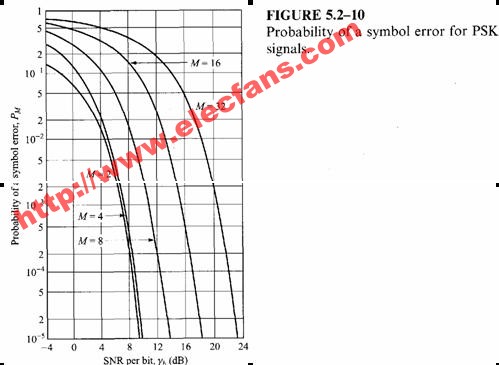


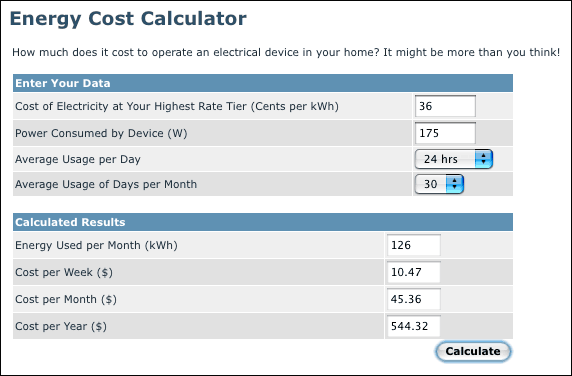
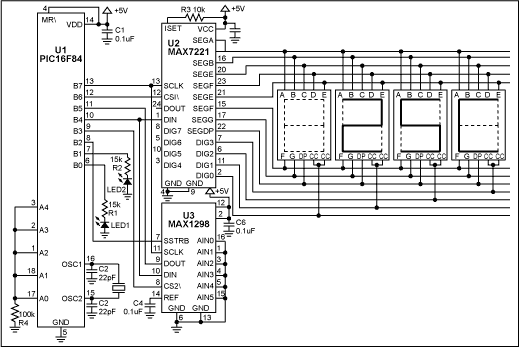
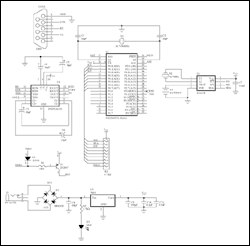
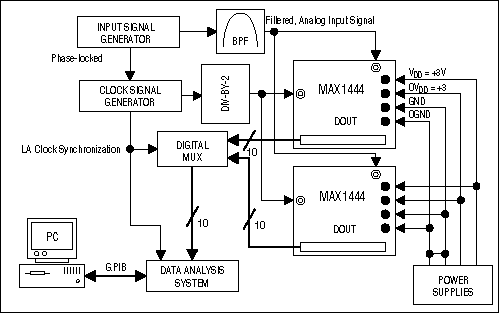
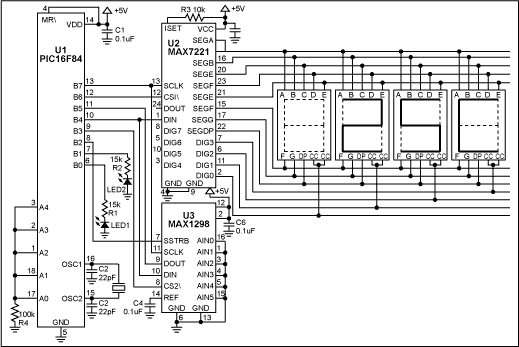

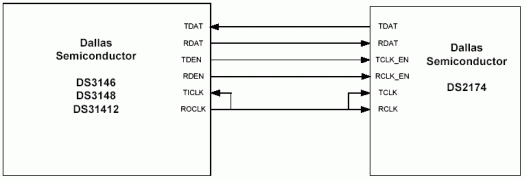
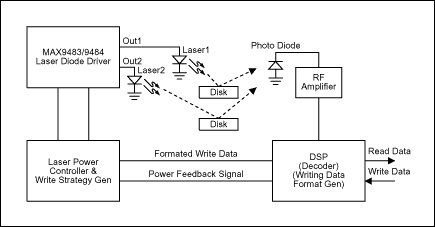
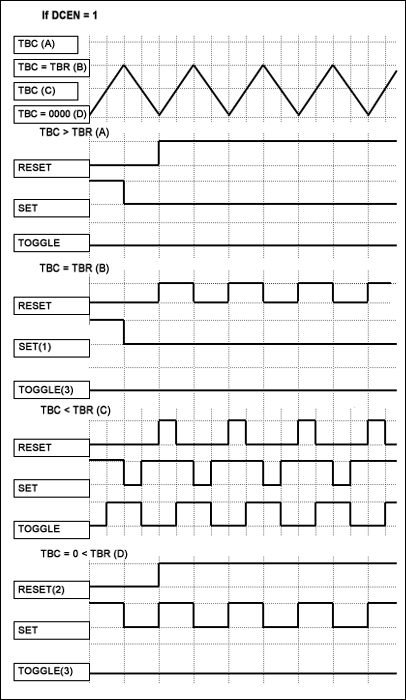
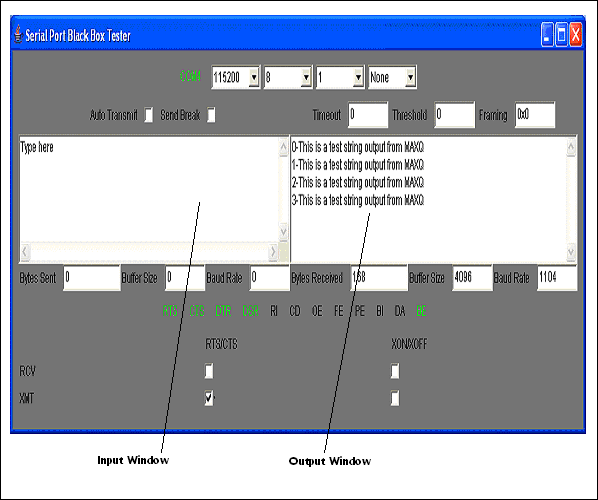
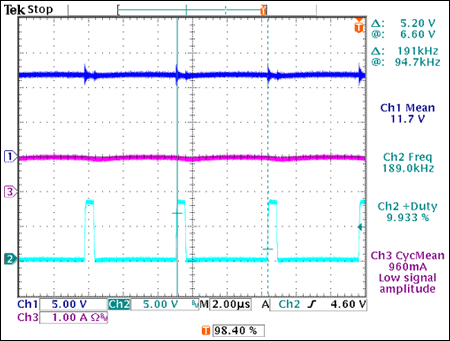
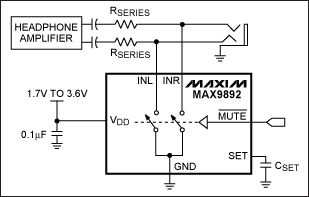
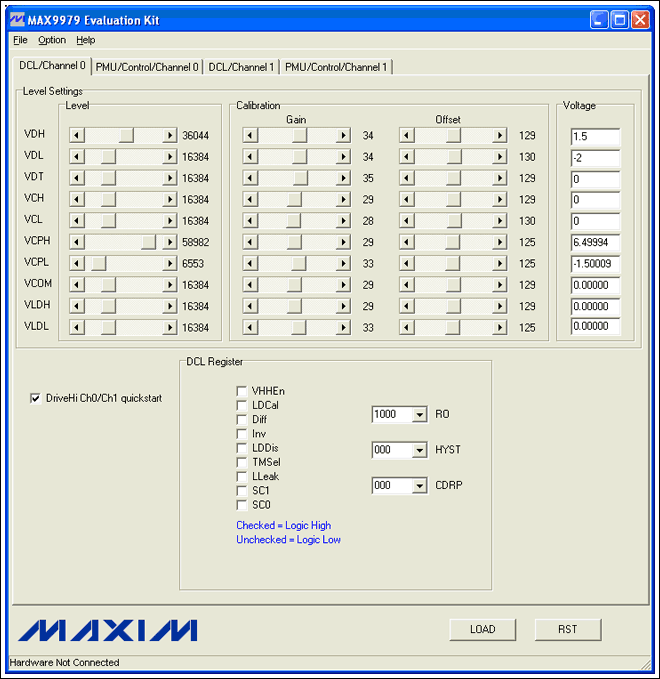
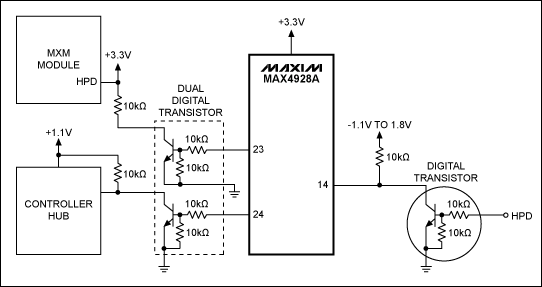
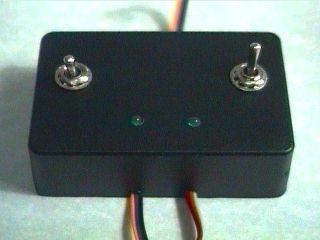
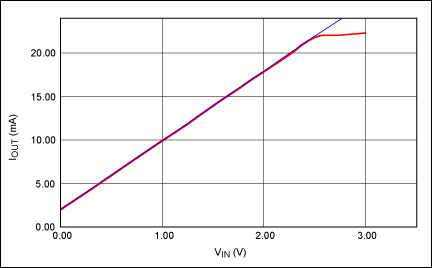

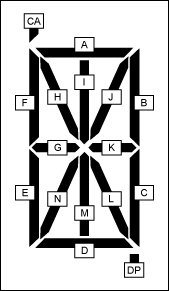

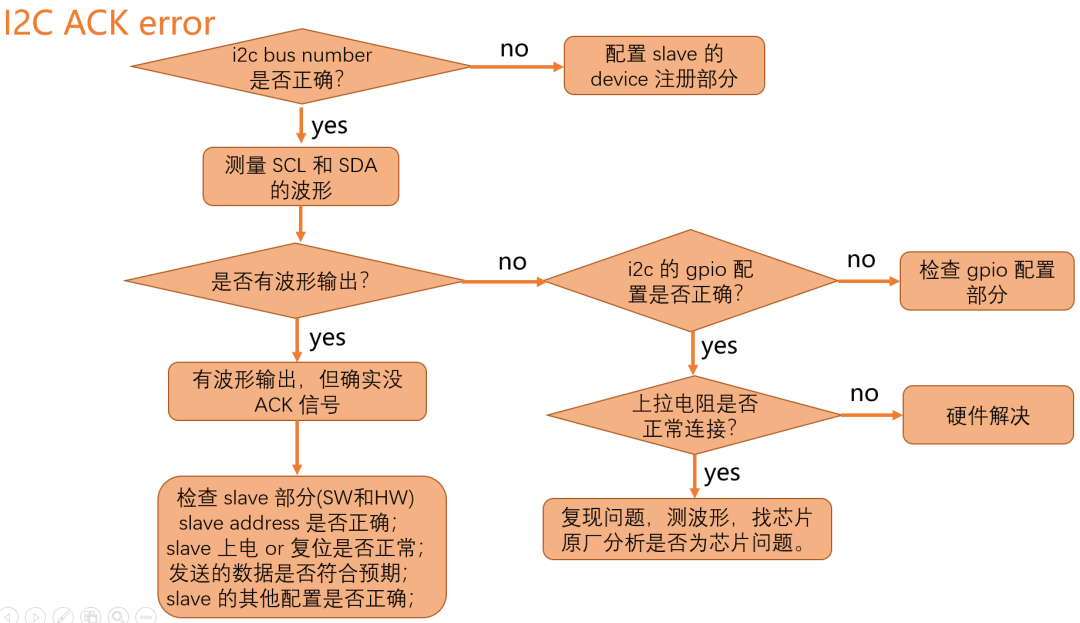










评论